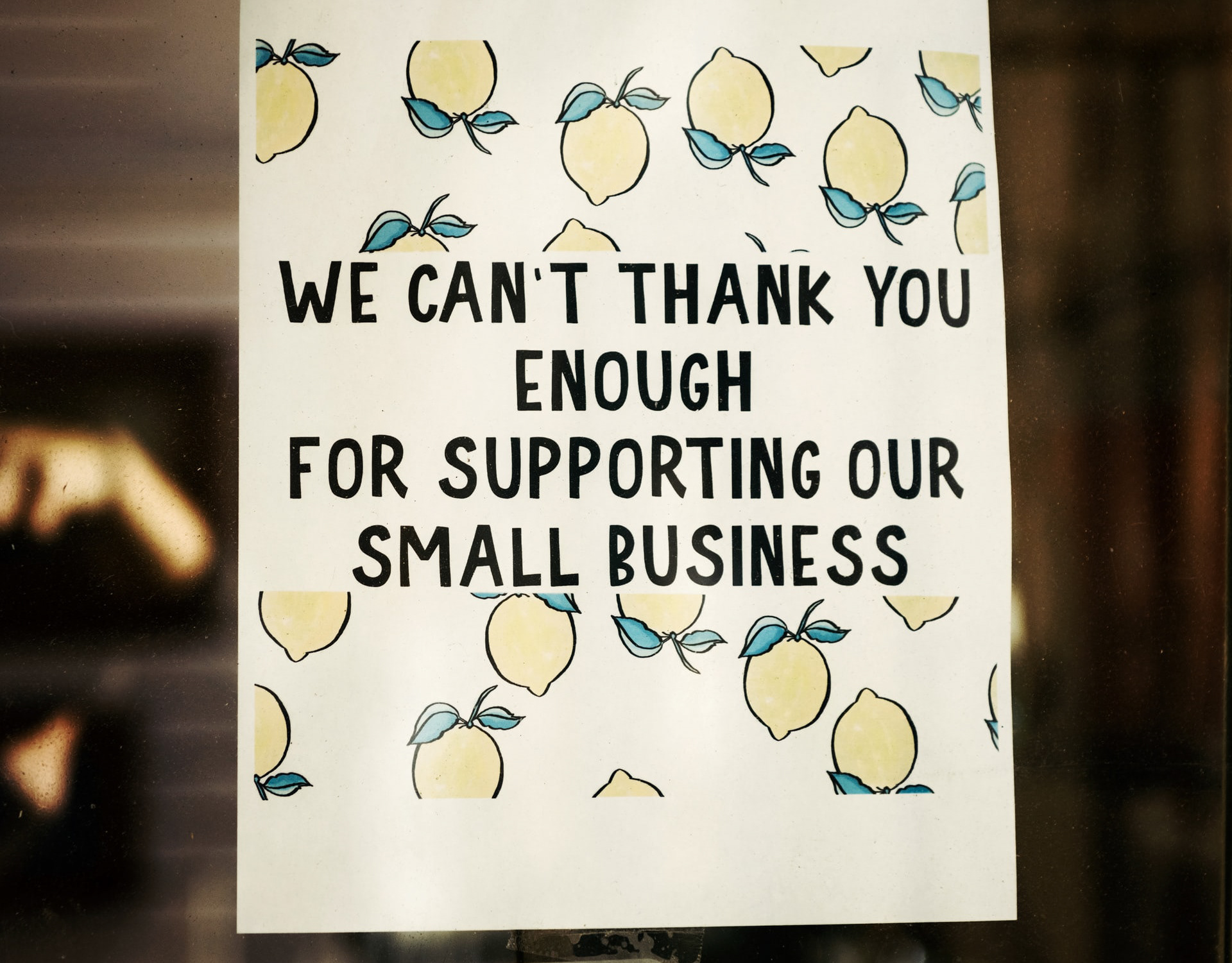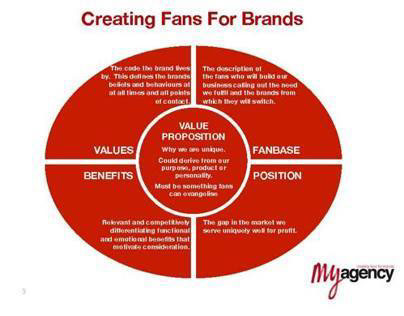Photo by KOBU Agency on Unsplash
The Rise and Rise of the (Born Again) Creative Class
Richard Florida, the American social and economic academic, wrote a series a books at the start of the decade the best known being The Rise of the Creative Class. He asserted that metropolitan regions with high concentrations of liberally minded, highly educated, digitally native knowledge workers, "high bohemians", would experience more significant urban regeneration and economic prosperity. He termed this cohort the Creative Class. He later built out his thesis to identify global creative class cities. Richard Florida was describing the target audience of web, app and game development companies, the consultant army, the ‘designerati’, that WeWork was seemingly established to serve. To date, the burgeoning Creative Class have been a defining cohort rushing to fill flexible workspaces.
However, in the last two or three years we have seen a Creative Class 2.0 reach a tipping point. They work in the knowledge-based businesses emerging from the convergence of science and technology that underpins the 4th Industrial Revolution. These companies are tracked and profiled by Beauhurst. The emergence of the Creative Class 2.0 represents a rich potential client base for the next generation of workspace providers. Unlike their predecessors who tended to bootstrap their operations and thus live a somewhat hand to mouth existence, this new wave of companies, although not all profitable, are often extremely well-funded via a regimes of grants, tax credits and early stage investment. (Beauhurst represents a very well-connected conduit to understanding and accessing these businesses.)
At the same time as, and connected to Florida’s work, there has been a structural re-shaping of the taxonomy of UK companies. In the UK over 2,000,000 new businesses have been formed since 2000. Large bumps in company formation occurred following both periods of economic hardship across the Dot Com bust at the start of the new millennium and the financial crash at the end of its first decade. If only because they are faced with fewer ‘big job’ options, it is highly likely that we will see many more company formations over the next few years.
At a time of considerable economic stress – however, V-shaped it might be - filling centres will be a challenge. Identifying and engaging these prospective customer clusters and aligning the offer to their needs could well yield dividends for flexspace providers.










